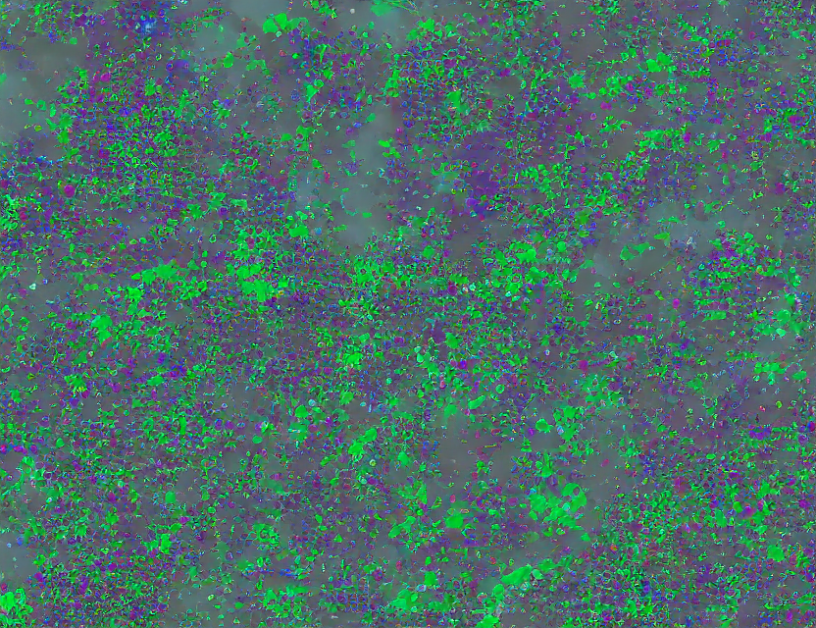In a breakthrough study, researchers have developed a novel approach to training Generative Adversarial Networks (GANs) that simplifies the sampling process and enhances the efficiency of GAN training. The proposed method, called Structured Noise Space GANs (SNS-GANs), leverages the power of structured noise spaces to train GANs in a more straightforward manner.
The article explains how traditional GANs often struggle with class-specific data generation due to the complexity of the sampling process. To address this challenge, the authors propose modifying the generator within the SNS-GAN framework by supplying it with a structured noise vector zc. This innovative approach enables the generator to inherently understand the class conditions and operate effectively as if it were an unmodified, unconditional GAN.
The article provides a detailed analysis of the modified data pipeline for the generator within the SNS-GAN framework. By using structured noise spaces, the authors demonstrate that their approach simplifies the training process while opening up new possibilities for applying GANs across various domains.
To further validate their findings, the authors present qualitative results for various SNS-GAN architectures on several datasets. These visualizations provide a clear insight into the performance of the proposed method and its ability to generate high-quality samples that closely resemble the original data.
In summary, the article presents a groundbreaking approach to training GANs that simplifies the sampling process and enhances the efficiency of GAN training. By leveraging structured noise spaces, the proposed method, SNS-GANs, opens up new possibilities for applying GANs across various domains while providing high-quality sample generation. This innovative approach has significant implications for a wide range of applications, including image synthesis and data augmentation.
Computer Science, Machine Learning
Simplifying Class-Specific GAN Training with Structured Noise



